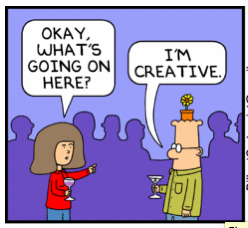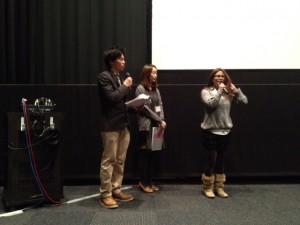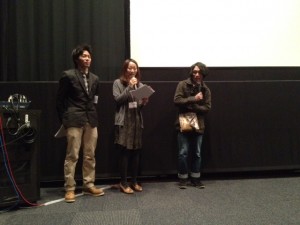One of the most popular articles in the Japan Times this month is an op-ed piece written by Japanese activist Arudou Debito (有道出人) introducing the topic of ‘microaggressions‘ defined by Dr. Derald Wing Sue in Psychology Today (Oct. 5, 2010) as:
“the brief and everyday slights, insults, indignities, and denigrating messages sent to (visible minorities) by well-intentioned (members of an ethnic majority in a society) who are unaware of the hidden messages being communicated.”
Arudou’s article is largely ROTM (right on the mark) containing an excellent exposition and several good illustrations of the concept of microaggressions as experienced by non-Japanese residents of Japan. Microaggressive treatment of non-native residents is of course not unique to Japan, however certainly this sociological concept has explanatory power and should be useful both for Japanese and non-Japanese. This excerpt gets to the heart of the matter:
But microaggressions are also subtle societal self-enforcement mechanisms to put people “in their place.” For NJ, that “place” is usually the submissive status of “visitor” or “guest,” with the Japanese questioner assuming the dominant position of “host” or “cultural representative of all Japan.”
It’s a powerful analytical tool. Now we have a word to describe why it gets discomfiting when people keep asking if you can use chopsticks (the assumption being that manual dexterity is linked to phenotype), or if you can eat nattō (same with taste buds), or if you’ll be going “home” soon (meaning Japan is just a temporary stop in your life and you don’t belong here). It can even help you realize why it’s so difficult for the NJ long-termer to become a senpai in the workplace (since NJ subordination is so constant and renewed in daily interaction that it becomes normalized).
I strongly recommend taking a few minutes to read the article.











